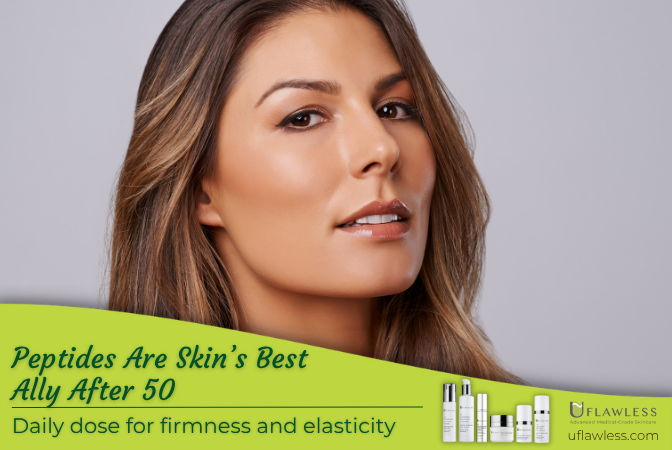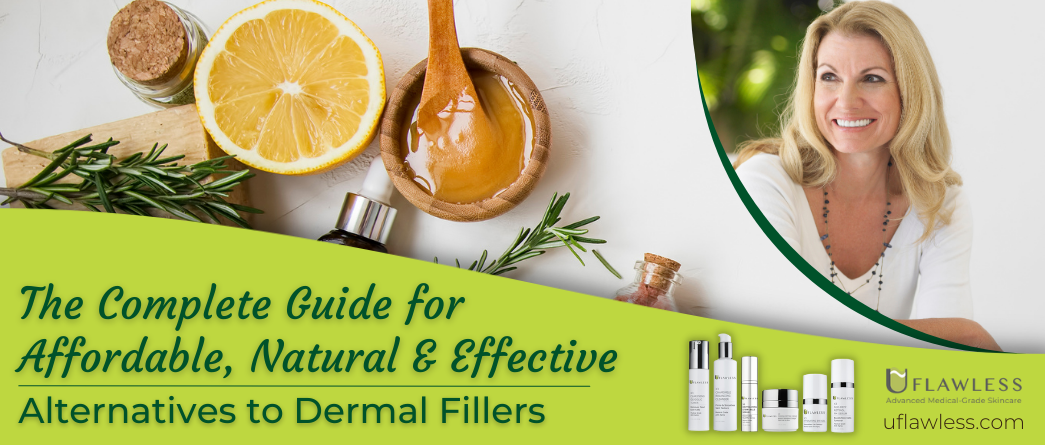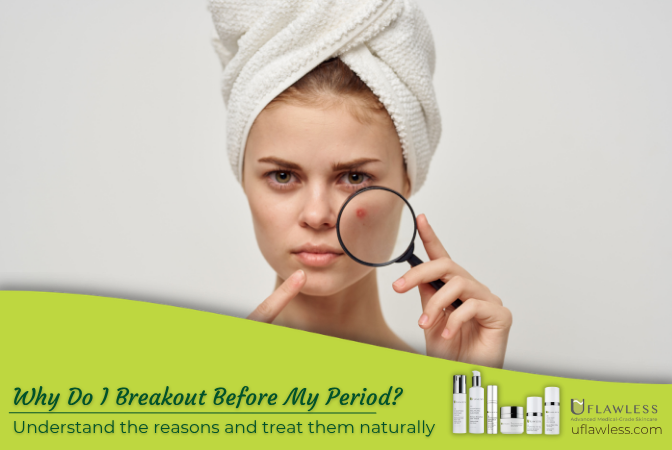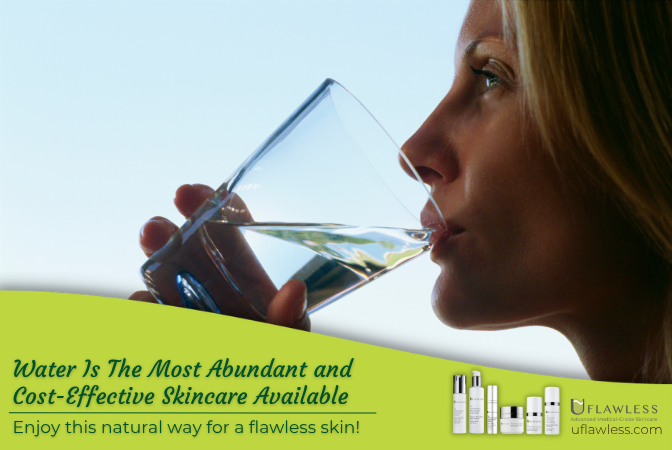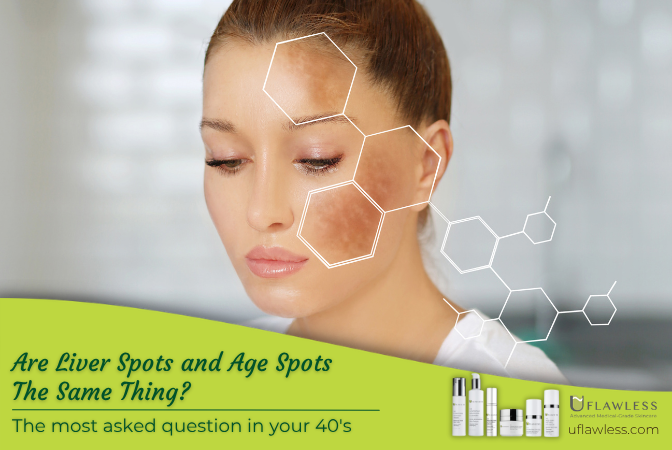
Are Liver Spots and Age Spots the Same Thing?
Yes, they are the same thing.
The term "liver spots" was used in the past when people believed these dark patches were linked to liver problems. We now know that’s not true. Today, the more accurate name is age spots, but both refer to the same flat, brown, or black marks that appear mostly on sun-exposed skin.
Despite the name, these spots aren’t limited to older adults.
While more common after age 40, younger people—including teens and children—can develop them, especially with prolonged sun exposure.
Let’s explore what causes these spots, how to manage them safely, and the best ways to prevent them.
What Do Age Spots Look Like?
They vary in size and color—from light brown to dark—and are typically found on areas most exposed to sunlight, including:
-
Cheeks and nose
-
Forehead
-
Arms and hands
-
Shoulders and upper back
The spots are flat and harmless. Most people don’t need treatment, but many choose to reduce their appearance for cosmetic reasons.

Why Are Dark Spots More Noticeable After 40?
Many people begin to notice these spots around their 40s—not because they suddenly appeared, but because we start paying more attention to our appearance. What was once a faint dot may now be more visible or multiplied.
This is a common realization:
"I just turned 42 and suddenly noticed dozens of dark spots on my face. Were they always there?"
Yes, likely. And no, you’re not alone. The good news? It’s not too late to prevent more from forming.
What Not to Do: The Dangers of DIY Remedies
Be cautious with homemade treatments. The internet is full of risky “remedies” that can do more harm than good. For example:
-
Lemon juice can cause burns and worsen pigmentation, especially with sun exposure.
-
Hydroquinone, even at low FDA-approved levels, is banned in several countries due to safety concerns.
-
Unverified creams may contain steroids or bleaching agents that damage the skin barrier.
Always consult a dermatologist before starting any new treatment.
I See Dark Spots on My Skin – What’s Causing Them?
Several common causes include:
-
Post-acne marks that darken with sun exposure
-
Popped pimples, which can lead to lasting pigmentation
-
Irritation from waxing or scrubbing
-
Inflammatory skin conditions or allergic reactions
-
Surgery scars that were not protected with sunscreen
Even small traumas can leave dark patches if not cared for properly.
Brown Spots on Skin During Pregnancy
Pregnancy brings a hormonal surge—especially in estrogen and progesterone—which can increase melanin production and trigger dark spots. This is called melasma.
Hormonal changes don’t end with delivery, so continued skin care and sun protection during breastfeeding is essential. Choose mineral sunscreens with safe ingredients like zinc oxide.
How to Prevent Dark Spots (And Why It’s Better Than Treating)
The best solution? Prevention. And that means:
-
Daily sunscreen use with broad-spectrum protection
-
Look for zinc oxide in your sunscreen formula
-
Avoid picking at skin or acne
-
Hydrate and nourish your skin consistently
Sun protection is the single most effective tool for preventing and minimizing spots. If your current sunscreen lacks zinc oxide, it’s time for a switch.
Do Laser Treatments Work?
Yes, laser treatments are often effective—but they’re not instant.
-
Results require multiple sessions, usually spaced weeks apart
-
Expect costs starting around $2,000–$2,500
-
Laser isn't right for everyone, especially darker skin tones or sensitive skin
Speak to a licensed provider for personalized advice before considering this option.
What Should I Look for in a Dark Spot Remover?
Choose proven ingredients and give them time to work.
Retinol
-
Boosts cell turnover
-
Fades pigmentation
-
Best used at night due to light sensitivity
-
Requires consistent use for 4+ weeks
Vitamin C
-
Brightens skin tone
-
Reduces dark spots and fine lines
-
Works best in stable, high-purity concentrations
-
Synergizes well with other brightening agents
A Smart Skin Brightening Routine (3 Steps)
For best results, use a brightening routine, not just a single product.
Step 1: Cleanse
Use a gentle, brightening cleanser with:
-
Salicylic acid to exfoliate
-
Extra Virgin Coconut Oil to nourish and calm
Step 2: Pre-Treatment Serum
Apply an antioxidant-rich serum with vitamins and lipids. This step prepares your skin for deeper absorption and boosts the effects of the main treatment.
Step 3: Advanced Brightening
Use a concentrated Vitamin C serum or cream that works to:
-
Even skin tone
-
Reduce appearance of spots
-
Improve radiance and reduce fine lines
Medical-Grade Skincare for Real Results
At UFlawless, we believe in purity, performance, and results. Our medical-grade formulations combine natural ingredients with cutting-edge actives to treat your skin at the source.
We offer:
-
Pure, tested, and dermatologist-backed formulas
-
Risk-Free trial options (Money-Back Guarantee)
-
Special offers, including free samples—you only cover shipping
-
Full routines for long-term brightening and spot prevention
Click here to try our award-winning cleanser and receive exclusive offers on complete brightening routines. We stand behind every product because...
It’s the only skincare that makes UFlawless.


